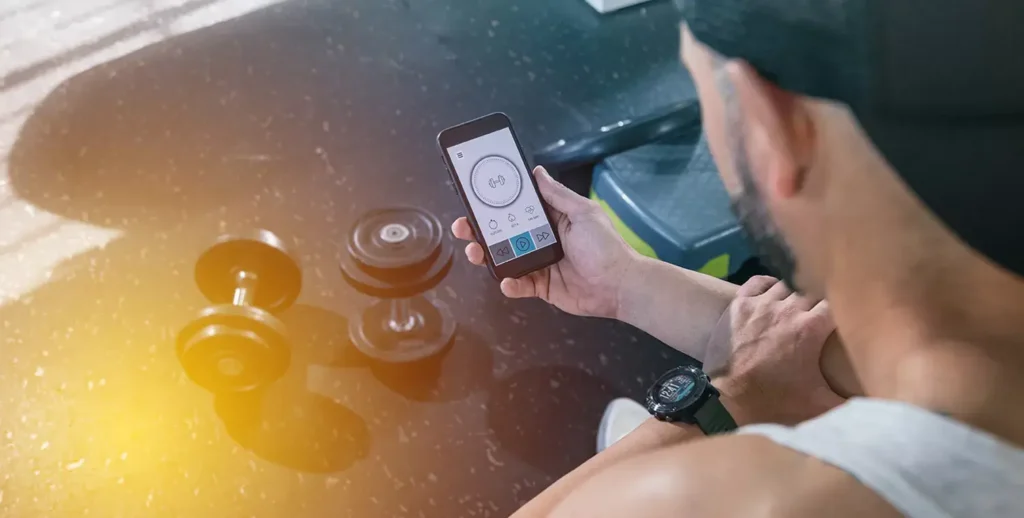Marine navigation demands technology that can perform under the harshest environmental pressures. Whether guiding a vessel through narrow channels, monitoring radar, or managing onboard communications, displays are central to safe and accurate operations. The challenge, however, lies in maintaining screen visibility against intense sunlight, shifting weather, and constant exposure to saltwater. A daylight readable display has become a crucial solution for vessels that cannot afford visual compromises.
From small fishing boats to large naval fleets, operators depend on screens that perform in direct sunlight while withstanding corrosion, shock, and spray. By combining advanced optics with rugged engineering, sunlight readable monitors provide clarity and reliability where conventional displays fail.
What Makes a Display “Daylight Readable”?
A daylight-readable display is engineered to remain visible even under direct sunlight. Unlike standard LCDs, which often appear washed out in bright conditions, these displays achieve higher brightness levels and incorporate optical bonding to minimize reflections. Anti-glare coatings and enhanced contrast ratios further ensure that critical data remains clear, regardless of lighting angles.
The result is a display that delivers accurate visuals in conditions where ordinary monitors would struggle to provide even basic readability.
The Challenges of Marine Visibility
Navigating in open water presents unique challenges for display performance:
- Intense glare from the water’s surface can overpower standard displays.
- Shifting light conditions create frequent changes in visibility throughout the day.
- Moisture and salt exposure can reduce screen life and clarity.
- Vibration and impact from vessel movement stress equipment durability.
Addressing these issues requires more than brightness alone; it demands holistic engineering to create displays purpose-built for marine use.
How Daylight Readable Displays Solve Marine Navigation Issues
By combining high-brightness backlighting with optical bonding and anti-reflective coatings, sunlight readable monitors maintain clarity under even the most intense light. These technologies reduce internal reflections and improve contrast, ensuring radar images, navigational charts, and communication data remain sharp.
For control systems that require operator interaction, a sunlight readable touch screen offers the same readability benefits while enabling reliable input through gloved or wet hands. This allows marine crews to manage systems efficiently without loss of visibility or control.
Rugged Design for Harsh Marine Environments
Durability is as critical as visibility in marine operations. Daylight readable displays for navigation are built with sealed enclosures, corrosion-resistant coatings, and shock-resistant construction. This ensures they can withstand salt spray, humidity, and continuous vibration without performance degradation. These features extend the service life of the display, making it a reliable investment for vessels operating in unforgiving conditions.
Where Daylight Readable Displays Are Used on Board
Applications for daylight readable displays on vessels include:
- Navigation bridges for chart plotting and situational awareness
- Engine rooms for monitoring system performance in high-heat, low-light conditions
- Radar systems requiring clear imaging in shifting light
- Deck-mounted stations exposed to direct sunlight and weather
- Communication consoles ensuring data transfer remains uninterrupted
By meeting these varied needs, sunlight readable monitors support safer, more efficient vessel operations.
E3 Displays’ Marine-Grade Solutions
E3 Displays designs daylight readable display solutions that meet the unique demands of marine environments. With expertise in optical bonding, high-brightness modules, and rugged enclosures, E3 ensures displays are built for both clarity and endurance. Whether for navigation, control systems, or communications, E3 customizes solutions that integrate seamlessly into mission-critical marine applications.
Reliable Visibility, When It Matters Most
Marine navigation depends on displays that remain clear and reliable despite the challenges of salt, sun, and splash. A sunlight readable touch screen or monitor ensures operators have the clarity they need to make accurate, timely decisions on the water.
E3 Displays delivers marine-grade daylight readable display solutions designed for performance, durability, and mission success. To learn more about custom sunlight readable monitors engineered for harsh environments, connect with E3 Displays today.



